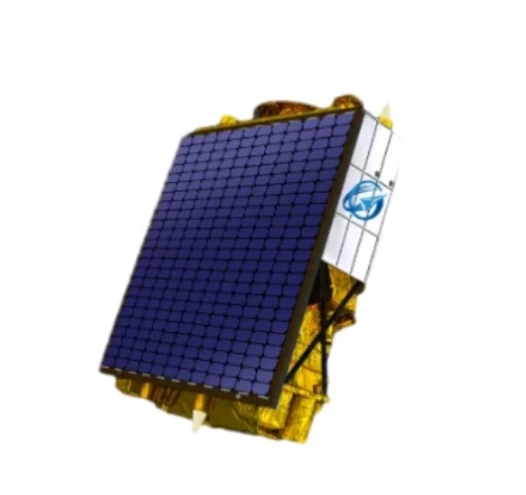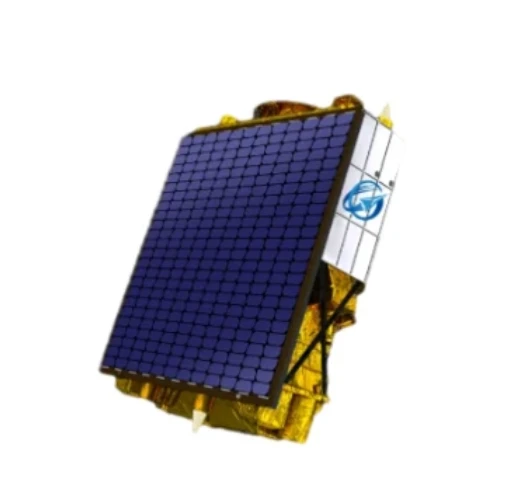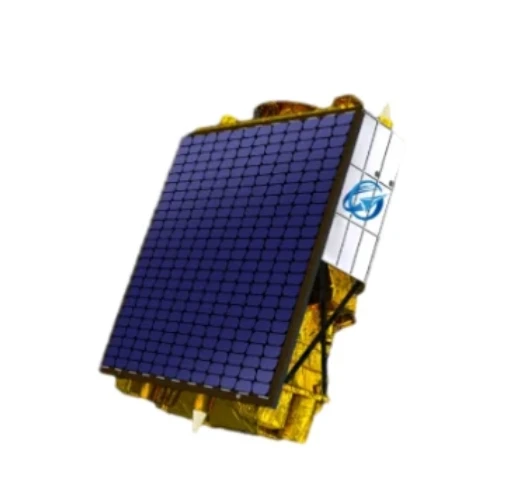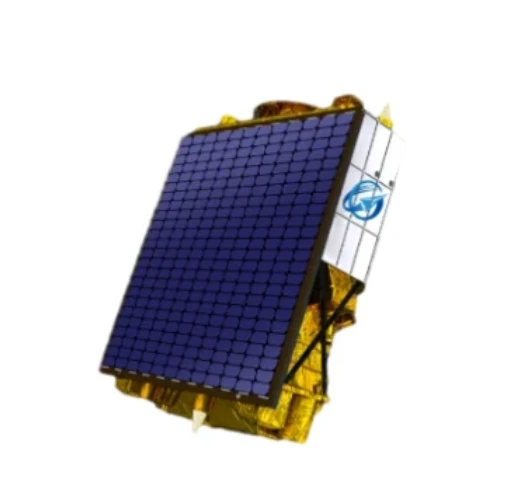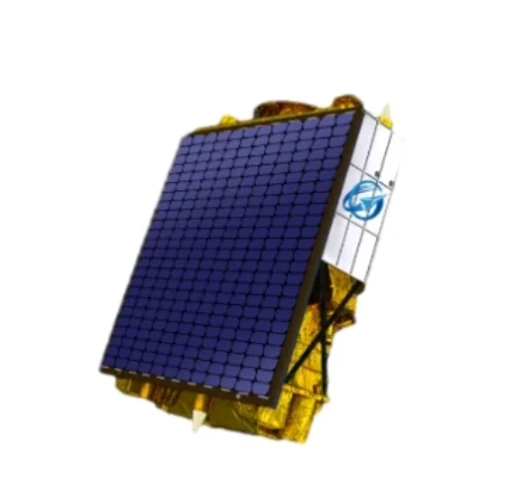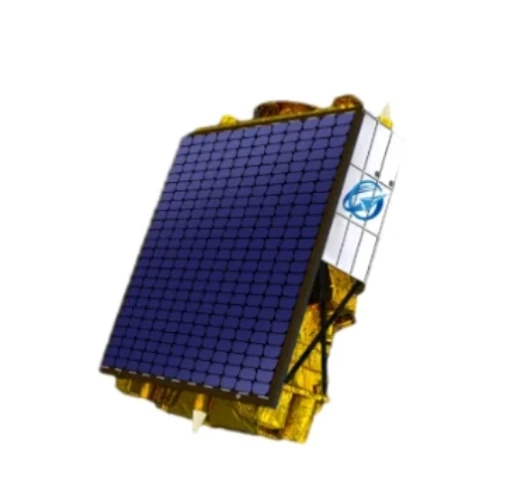
- africain
- albanais
- amharique
- arabe
- arménien
- azerbaïdjanais
- Basque
- biélorusse
- bengali
- Bosniaque
- bulgare
- catalan
- Cebuano
- Chine
- corse
- croate
- tchèque
- danois
- Néerlandais
- Anglais
- espéranto
- estonien
- finlandais
- Français
- frison
- Galicien
- géorgien
- Allemand
- grec
- Gujarati
- Créole haïtien
- Haoussa
- hawaïen
- hébreu
- Non
- Miao
- hongrois
- islandais
- Igbo
- indonésien
- irlandais
- italien
- japonais
- javanais
- Kannada
- kazakh
- Khmer
- Rwandais
- coréen
- kurde
- Kirghize
- Travail
- latin
- letton
- lituanien
- luxembourgeois
- Macédonien
- malgache
- malais
- Malayalam
- maltais
- Maori
- Marathi
- mongol
- Birmanie
- Népalais
- norvégien
- norvégien
- Occitan
- Pachtoune
- persan
- polonais
- portugais
- Pendjabi
- roumain
- russe
- Samoan
- gaélique écossais
- serbe
- Anglais
- Shona
- Sindhi
- Cinghalais
- slovaque
- slovène
- somali
- Espagnol
- Soundanais
- Swahili
- suédois
- Tagalog
- Tadjik
- Tamoul
- tatar
- Télougou
- thaïlandais
- turc
- Turkmène
- ukrainien
- Ourdou
- Ouïghour
- Ouzbek
- vietnamien
- gallois
- Aide
- yiddish
- Yorouba
- zoulou
nouvelles
Revolutionizing Imaging with Satellite Optical Technology
The world of satellite imaging is undergoing a transformative change, thanks to advances in satellite optical lens technology. These innovations are pushing the boundaries of space exploration, environmental monitoring, and scientific research, providing increasingly clear and detailed imagery. Whether it's capturing images of Earth's surface for environmental studies, enabling surveillance, or enhancing space exploration, the role of high-resolution imagers, multispectral cameras, wide-swath imagers, CMOS sensors, and optical sensors is becoming more vital. In this article, we dive deep into the exciting realm of satellite optical technologies and explore how they are shaping the future of imaging.
Satellite Optical Lens: The Foundation of Modern Imaging
The satellite optical lens is at the core of modern imaging systems, whether for Earth observation, space exploration, or scientific research. These lenses are designed to capture high-quality images by focusing visible light onto an imaging sensor. In satellite technology, the quality of the lens directly impacts the resolution and clarity of the images captured.
Unlike traditional cameras, satellite optical lenses are designed to operate in the unique conditions of space. They need to be durable enough to withstand the harsh environments of orbit, including extreme temperatures and radiation exposure. The ability of these lenses to capture sharp, high-resolution images from space enables better monitoring of Earth's surface, weather patterns, and environmental changes. This capability is vital for industries such as agriculture, forestry, urban planning, and disaster management.
With advancements in optical lens design, satellites can now capture images with unprecedented clarity and accuracy. As a result, industries across the world are leveraging these technologies for everything from climate change research to infrastructure monitoring, making satellite optical lenses an essential tool for global progress.
High-Resolution Imager: Capturing the Finest Details
In the field of satellite technology, a high-resolution imager is a game-changer. These imaging systems are designed to capture detailed, high-quality images of the Earth's surface, even from thousands of miles above. High-resolution imaging is particularly crucial for applications such as land use mapping, environmental monitoring, and urban planning.
The advancements in high-resolution imagers have made it possible to capture images with sub-meter or even centimeter-level precision. This allows for detailed analysis of small-scale features, such as individual buildings, roads, and vegetation. For industries like agriculture, this level of detail enables better monitoring of crop health and yields, while urban planners can use it for precise mapping and development purposes.
The ability to capture these fine details in real-time offers decision-makers access to crucial data, enabling faster response times in critical situations. Whether it's tracking deforestation, monitoring city growth, or observing the effects of climate change, high-resolution imagers are helping to create a more informed and proactive world.
Multispectral Camera: Seeing Beyond the Visible Spectrum
A caméra multispectrale is another groundbreaking technology that has revolutionized satellite imaging. Unlike traditional cameras that only capture visible light, multispectral cameras are designed to capture images across multiple wavelengths of light, including ultraviolet, infrared, and near-infrared. This provides a far more comprehensive view of the Earth's surface, revealing details that are otherwise invisible to the naked eye.
By capturing data in different spectral bands, multispectral cameras allow for more advanced analysis of environmental factors, such as vegetation health, soil moisture levels, and water quality. This capability is invaluable in fields like agriculture, where it can be used to assess crop health and detect early signs of disease or pests. It also plays a critical role in monitoring ecosystems, natural resources, and the effects of climate change.
In addition to its use in environmental monitoring, a caméra multispectrale is indispensable in land management, forestry, and environmental protection efforts. These cameras provide a deeper understanding of our planet, enabling more sustainable practices and better decision-making.
Wide-Swath Imager: Expanding Coverage for Comprehensive Monitoring
For large-scale Earth observation tasks, a wide-swath imager is essential. This technology is designed to capture a broad area of the Earth's surface in a single image, greatly enhancing the efficiency of satellite monitoring. Unlike traditional imaging systems, which focus on smaller, more detailed areas, wide-swath imagers are optimized to capture expansive views, providing a comprehensive picture of vast landscapes.
The main advantage of a wide-swath imager is its ability to cover large areas quickly, making it ideal for monitoring global phenomena such as weather patterns, natural disasters, and changes in land use. For instance, satellites equipped with wide-swath imagers can rapidly assess the extent of forest fires, floods, or hurricanes, providing crucial data for disaster management teams.
These imagers are particularly useful for mapping and tracking changes over time, enabling scientists and researchers to observe long-term trends and assess the impact of various environmental factors. Whether it’s monitoring the progress of climate change or tracking large-scale deforestation, the wide-swath imager provides a comprehensive and efficient solution.
CMOS Sensor: The Backbone of Modern Imaging Systems
The CMOS sensor (Complementary Metal-Oxide-Semiconductor) has become the backbone of modern imaging systems, including those used in satellites. These sensors are known for their ability to capture high-quality images with high efficiency, low power consumption, and excellent dynamic range.
In satellite technology, CMOS sensors are critical for capturing images with exceptional clarity and detail. They offer several advantages over traditional CCD (Charge-Coupled Device) sensors, including faster readout speeds and better noise performance. This makes CMOS sensors an ideal choice for satellite applications that require real-time imaging and data transmission.
Avec CMOS sensors, satellites can capture high-resolution images, even in challenging lighting conditions, such as during dusk or dawn. This capability is essential for continuous Earth monitoring, providing accurate data regardless of the time of day or weather conditions. As a result, CMOS sensors have become a key technology in modern satellite imaging, enabling industries to access timely and reliable information.
Optical Sensor: Enhancing Image Quality and Precision
The optical sensor is an integral component of any advanced imaging system, including those used in satellite technology. Optical sensors are designed to detect and capture visible light, converting it into digital data that can be processed and analyzed. These sensors are highly sensitive and capable of capturing images with great precision, making them invaluable for Earth observation, space exploration, and scientific research.
In satellite applications, optical sensors are often used in combination with other imaging technologies, such as CMOS sensors and multispectral cameras, to provide a more detailed and accurate representation of the Earth's surface. By capturing light in a specific wavelength range, optical sensors can enhance the quality of the images, allowing for better analysis of surface features, including topography, vegetation, and urban structures.
The role of optical sensors in satellite imaging is crucial for industries that rely on precise data, including agriculture, forestry, environmental monitoring, and urban planning. These sensors provide the clarity and detail needed to make informed decisions and drive sustainable development.
FAQs About Satellite Imaging Technology
What are the advantages of using a satellite optical lens for Earth observation?
Satellite optical lenses provide high-resolution imaging that enables precise monitoring of Earth’s surface. They offer enhanced clarity and detail, which is crucial for applications such as environmental monitoring, urban planning, and disaster management.
How does a high-resolution imager benefit satellite technology?
A high-resolution imager captures detailed, sharp images with sub-meter or even centimeter-level accuracy. This is essential for monitoring small-scale features such as individual buildings, roads, and vegetation, providing industries with valuable data for analysis.
What is the role of a multispectral camera in satellite technology?
A caméra multispectrale captures images across multiple wavelengths of light, revealing details that are invisible to the naked eye. It is invaluable for environmental monitoring, agriculture, and land management, offering insights into vegetation health, water quality, and more.
Why is a wide-swath imager important for large-scale monitoring?
A wide-swath imager allows satellites to capture vast areas in a single image, providing comprehensive coverage for large-scale applications like weather monitoring, natural disaster tracking, and global environmental monitoring.
How does a CMOS sensor improve satellite imaging?
A CMOS sensor enables high-quality image capture with low power consumption, faster readout speeds, and better noise performance. It enhances the efficiency and clarity of satellite imagery, making it ideal for real-time monitoring and data transmission.
Satellite imaging technologies, including satellite optical lenses, high-resolution imagers, multispectral cameras, wide-swath imagers, CMOS sensors, and optical sensors, are transforming the way we understand and interact with the Earth. These innovations provide industries with the tools they need to monitor environmental changes, track urban development, and support scientific research with unparalleled precision.
If you're looking to leverage the power of satellite technology, it's time to explore these cutting-edge solutions. Visit our website to discover more about how these advanced imaging technologies can revolutionize your industry. Whether you need high-resolution Earth observation, multispectral imaging, or efficient satellite support, we have the solutions you need. Don’t wait—take advantage of the future of satellite imaging today!






